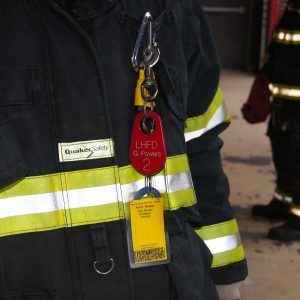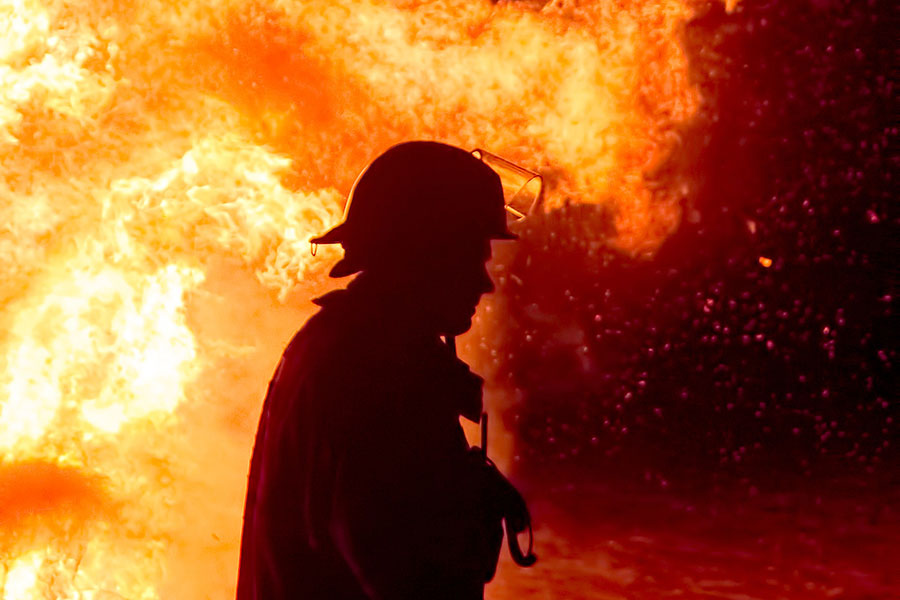“Every so often, in the midst of chaos, you come across an amazing, inexplicable instance of civic responsibility. Maybe the last shred of faith people have is in their firemen.”
― Kurt Vonnegut (Hocus Pocus)
At first glance they may appear to be little more than an inexpensive imprinted piece of plastic, yet firefighter accountability tags are so much more than that. Nor should they be considered a small but purposeless example of bureaucratic meddling. And never make the mistake of assuming that they are indistinguishable from mere name tags, the kind you would find at a garden club soirée or a corporate meet-and-greet. In reality, firefighter tags serve a very real, practical, and life-saving purpose.
Which is exactly the number-one priority of firefighters: the saving of lives (closely followed by getting the fire under control and preventing further damage to property). It is in the saving of firefighters’ lives that accountability tags find their highest purpose.
Why Are Firefighter Accountability Tags Needed?
Picture, if you will, a house or apartment building in flames in a crowded neighborhood. Once the first responders arrive, the scene can quickly come to resemble a gallimaufry of emergency vehicles, milling bystanders, deafening noise, flashing lights, hoses snaking hither and yon, streams of water overhead, and ladders and other firefighting equipment cluttering up the ground, not to mention a blinding inferno of smoke and flames.
In short, it is pure chaos, a literal kind of “fog of war.” And in the middle of it—indeed, running toward it—are the firefighters who have pledged to put their lives on the line for public safety.
To make matters worse, conditions at a fire scene can change on a dime. In the midst of such chaos, it is the responsibility of the accountability officer to know at any given time the location of all firefighting personnel under their purview. That is where firefighter accountability tags come in.
How Do Firefighter Accountability Tags Work?
The concept is quite simple, really. The primary purpose of any fire incident accountability system is to keep track of individual firefighters and teams entering a burning structure. The basic mechanism consists of three parts:
- the firefighter’s personal I.D. tag (worn visibly on the person, usually the helmet);
- the removable accountability tag itself; and
- an “accountability board,” which is kept in the possession of an incident commander.
The engraved accountability tag serves as a kind of “passport” to the incident scene. When the firefighter arrives at the incident scene, they don’t just rush in to the burning building willy-nilly. They must first check in (or “tag in”) with the incident commander. They do this by affixing their firefighter accountability tag to the incident command board. The commander will then assign a specific sector to them in which to fight the fire.
After the firefighters exit the structure, they would then retrieve their accountability tag. If any tags are left over, then the commander knows that person is missing and not accounted for, and is probably still inside the structure. At that point, it may likely be necessary to send in a rescue party. But at least the commander and rescuers know where to look—thanks to the firefighter accountability tag!








